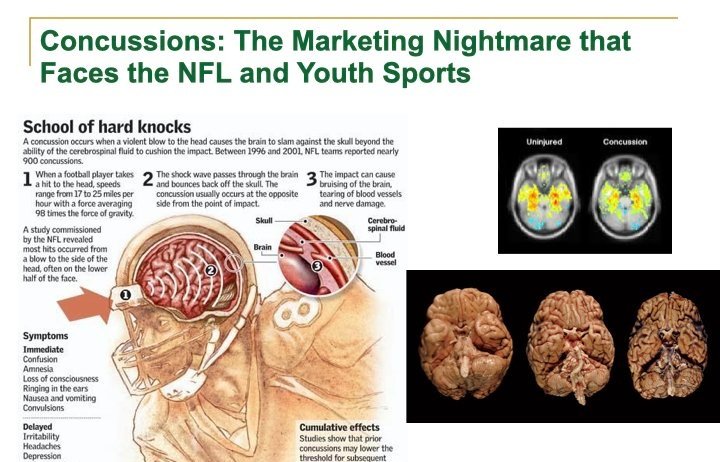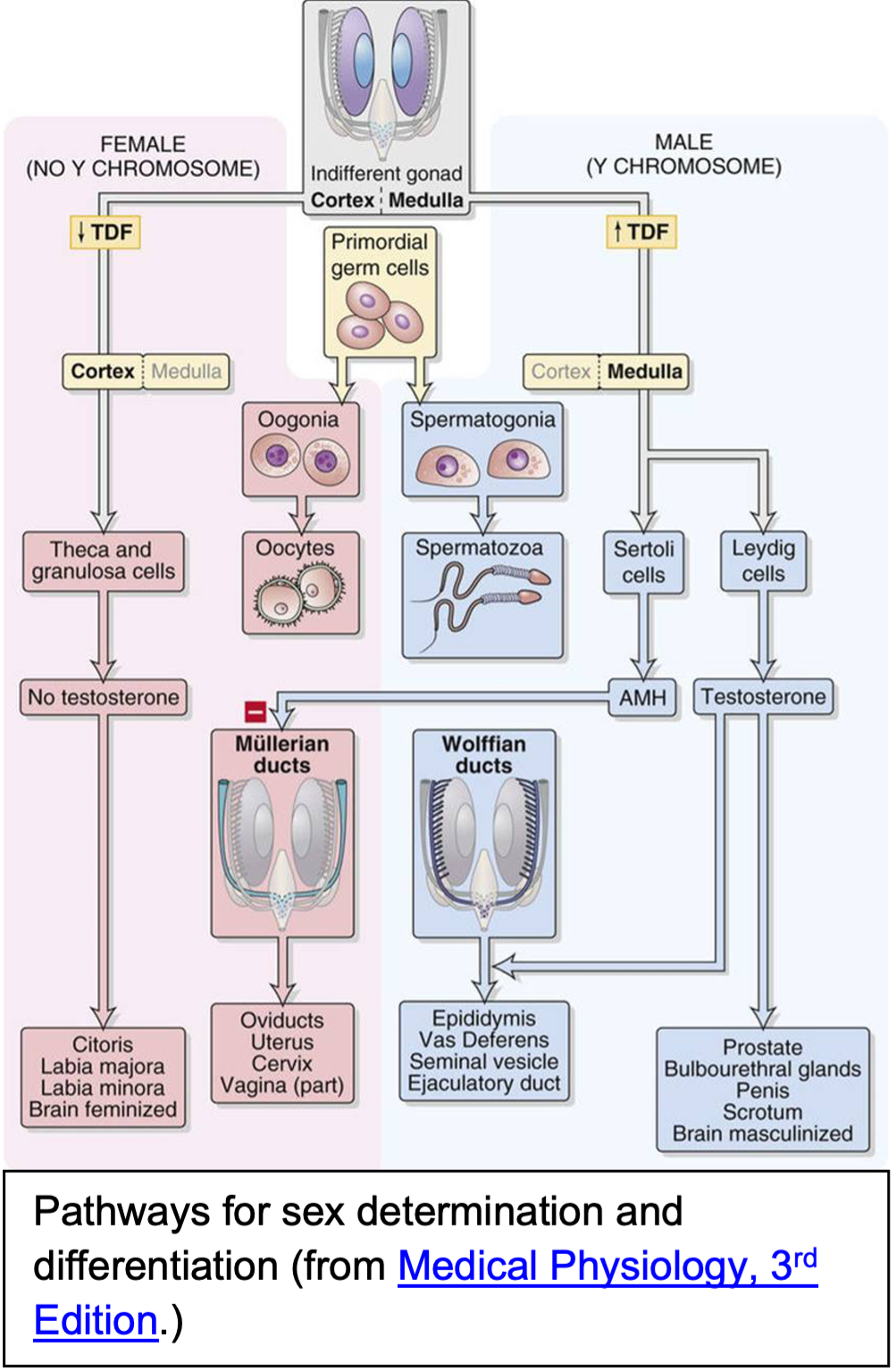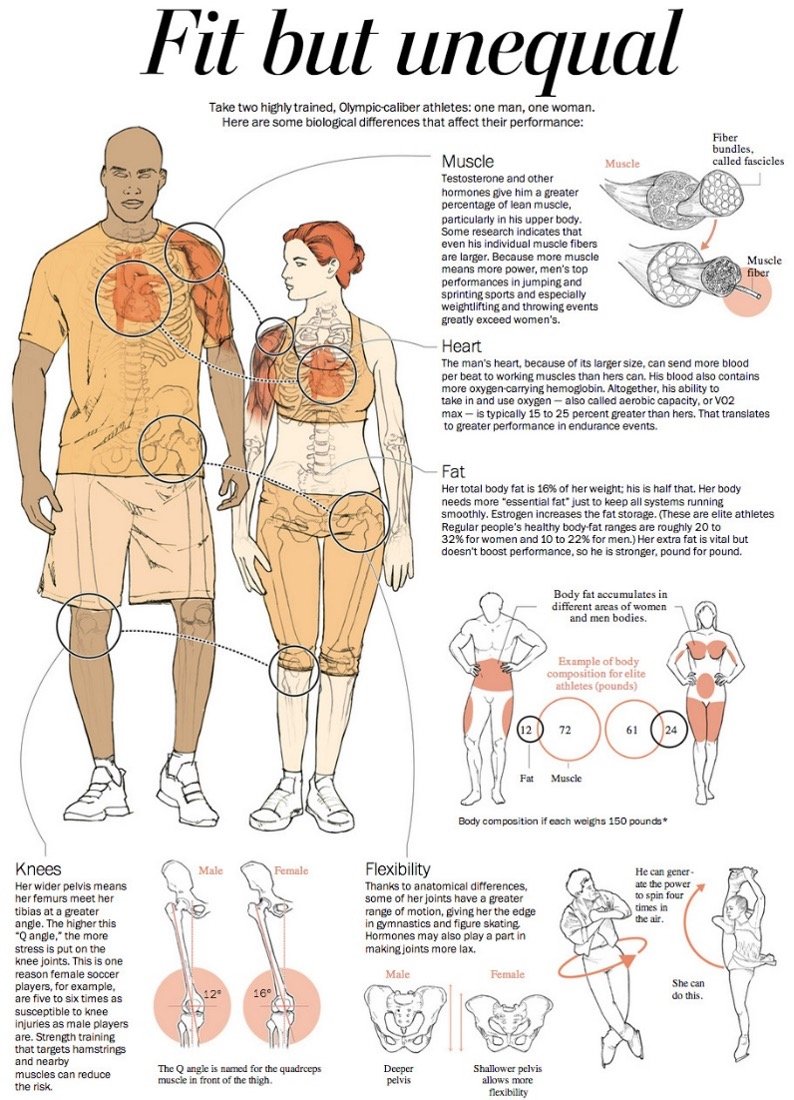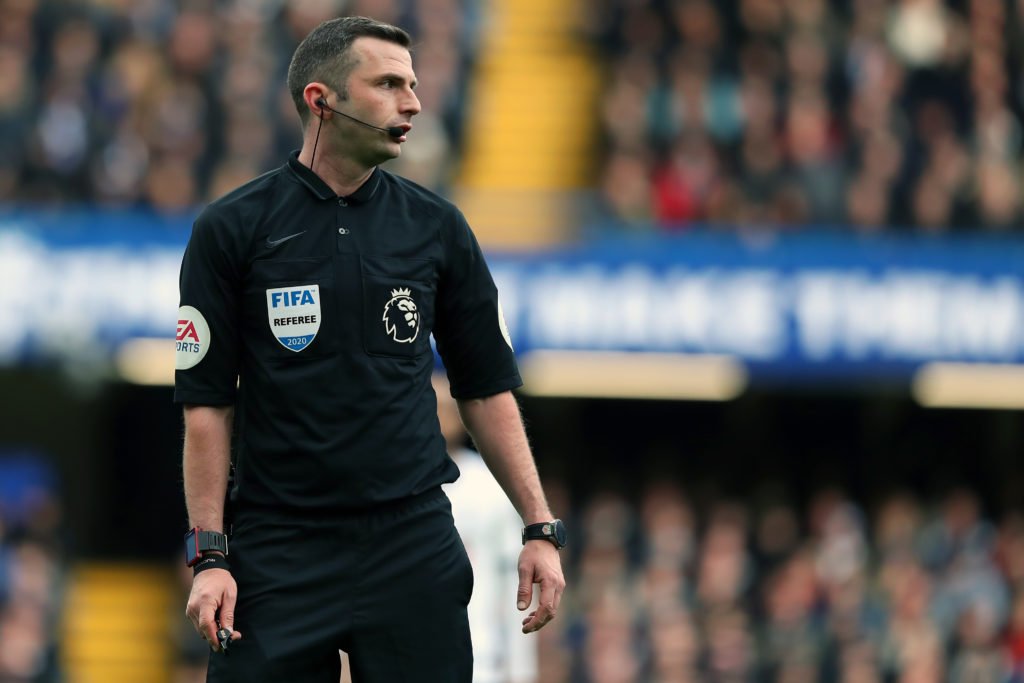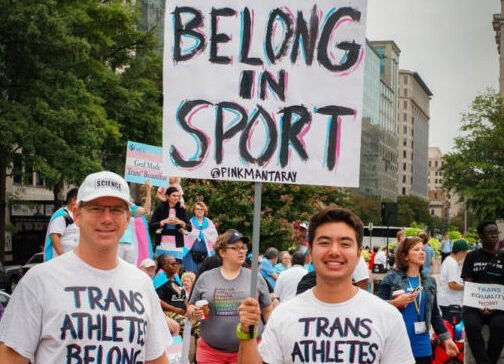Since the work of Dr. Omalu and many academic experts in identifying and warning parents, coaches, administrators and young athletes of the dangers of concussions and high probability of one occurring in the sport of football; football continues to be popular. Football is played by millions of young athletes across the United States and injuries happen. According to the University of Pittsburgh Medical Center, between 1.7 and 3 million recreation/sport related concussions happen every year. Around 300,000 of these concussions are from the sport of football (Collins, 2023).
In 2014, former NFL center Michael Oriard asked the question: “Is football dying?”
(Pielke, 2020). At the time, the question seemed outlandish, as 34 of the 35 most-watched
television programs were occupied by the National Football League (Smith, 2014). In a culture
that is dominated by sports, where the best players in every league are viewed as superheroes,
football reigns as the supreme competition at every level of the game. But recently, a new trend has started to develop that reflects Oriard’s concerns. According to statistia.com, in 2006, 8.4 million Americans over the age of six participated in tackle football (Stripp, 2022). That number has shrunk significantly, as the same data shows that 5.23 million Americans participated in tackle football in 2023. While some may attribute this trend to restrictions of the COVID-19 pandemic, this decline in youth tackle football participation has been shown over the entire course of the 21st century. This suggests that there is a more significant underlying cause for the reduced participation in tackle football: concussions.
The topic of concussions in football has become a very controversial topic, but
that was not always the case. In the past, “getting your bell rung” was something very natural to the game of football, and players were expected to just get up and keep playing. This notion
started to shift when Chronic Traumatic Encephalopathy research by Dr. Bennet Omalu began to gain popularity in the media. “Concussions: The Marketing Nightmare that Faces the NFL and Youth Sports”, written by Dr. Orr (2015) along with more examples in his and Dr. Jamieson’s Sport Violence text book (Jamieson and Orr, 2009) provided solutions and best practices they gleaned from industry leaders across disciplines to help with the epidemic and fight the old way of doing things.
Much of the work done was educating the public. Making sure that people appreciate that CTE is developed by repeated sub-concussive blows to the head, which progressively and subtly causes pathophysiological changes to the brain was a simple but effective strategy. Visuals showing repeated blows and how the nature of this disorder leads to a high prevalence rate in athletes playing contact sports like tackle football made people rethink safety.
Making sure people were aware was also key. Early onset factors of this disorder can be identified in collegiate and even high school athletes and with simple training a myriad of coaches and community members can now screen and identify athletes who may need further examination for concussions. It is important for coaches, parents, and athletes to continue to be educated on the signs and symptoms of concussions and to take appropriate action if necessary.
These same concerned people made sure that athletes received safer equipment and training. The mantra, football has never been safer has spread like a gospel between coaches in the last few years as they reinforce the response. Coaches further improve the research behind the prevention and treatment of concussions and CTE by changing how they did things.
The integration of biomechanics into the realm of athletics has been a growing field, and there are many precautions being taken by the NFLPA (National Football League Players Association) and other organizations to emphasize player safety. NFL helmets are constantly being adjusted to prevent concussions, adding more padding and streamlining the helmet to reduce impact. “2nd Skull Technology” is another application of biomechanics that is a skull cap made from urethane molecules - a flexible fabric that hardens under pressure to protect the head (Wilner, 2022).
Another potential remedy for concussions and CTE in football lies within the medicinal field. Posted in the Journal of Neurotrauma, research from the University of Georgia points towards bio-manufactured exosomes as an effective form of prevention for CTE. Exosomes have the natural ability to enhance anti-inflammatory responses within the brain, and the research done at the University of Georgia involves dosing bio-manufactured exosomes with an injection. In rats with TBI (traumatic brain injuries), the injection has shown an improvement in functional recovery (Terry, 2019). There is still plenty of research to be done regarding the diagnosis and prevention of concussions and CTE, but these experimental steps are instrumental and provide hope for the progression of neurotrauma research and its application for sport.
Another potential solution for the rising rates of concussions in youth sports is to
innovate how the game of football is played. Pop Warner Youth Football, the largest and oldest
youth football organization in the US has recently made gameplay changes to prevent
concussions in their young athletes. These changes include banning the common three-point
stance, and replacing it with a two-point stance that is more functionally safe for players.
Another change was to eliminate kickoffs in the game, as there were a disproportionate amount of injuries on kickoffs compared to other plays (Flaherty, 2019). Combining injury data with the form and function of football is a promising strategy for lessening the prevalence of head injuries in youth sports, and has set the future of football in the right direction.
Although biomedical, biomechanical, medicinal and strategic advancements made in
reducing concussion prevalence in youth football are promising, there is no way to eliminate the risk of concussion entirely.
Making sure people recognize the damage and problems with concussions has also been a key component. Research from the NINDS (National Institute of Neurological Disorders and Stroke) shows that 110 of 111 former National Football League players, 48 of 53 former college football players, and 3 of 14 former high school players had been pathologically diagnosed with CTE (McKee, 2020). Symptoms of CTE include memory loss, confusion, impaired judgment, impulse control problems, aggression, depression, anxiety, suicidality, parkinsonism, and, eventually, progressive dementia (BU Research Center). This research has become very mainstream, and is a significant reason for the recent decline in tackle football participation in youth sports.
Concussions and CTE are aspects of football that are widely recognized at the
professional level of football, but what are their implications for youth football?
Common research literature has assumed that youth football players are more susceptible to concussions than adults for years, but not until recently has this been proven. Research from the Biomedical Engineering Lab at Virginia Tech monitored the head impacts of six youth football teams consisting of players ranging from age 9-14. For high school, collegiate, and professional players, concussion impact is generally associated with 102 g of acceleration. This research found that youth athletes are at risk for concussions when experiencing collisions accelerating at 62 g (Kolenich, 2021). Although young athletes experience concussions at a much lower acceleration, the title of overall frequency of concussions belongs to the high school demographic. A study conducted in 2019 and published in The Archives of Clinical
Neuropsychology found that the relative risk for a concussion was almost two times greater in
18-year olds than 13-year-old athletes (Tsushima, 2019). This seemingly contrary finding in the
relationship between concussion acceleration threshold and concussion age prevalence is due to a multitude of reasons. These reasons include: increased practice/playing time for high school athletes, increased frequency of high-impact collisions because of stronger and faster players, and a lack of proper equipment. Because of this, a parallel trend to the youth tackle football participation proportion can be seen with high school football players. According to data from The National Federation of High Schools, 1.006 million students were involved in football, which is actually a significant decrease of 100,000 students compared to the last decade (Conley, 2015). This data becomes even more significant considering the increasing population size of high schools and the increasing popularity of football as a sport in American culture. The youth and NFL have a shared concern over how they are perceived and must be seen as not excessively dangerous or they will lose financial dollars as well as parts of their fanbase.
By revisiting the success and steps forward we hope to continue the discussion about concussions and specifically, develop more effective preventative measures and solutions. All of the concerns for player safety as a result of concussion and CTE research are
justified and should be taken seriously.
References
Collins, M. (2023). Concussion statistics and facts: UPMC: Pittsburgh. UPMC Sports Medicine.
Retrieved April 16, 2023, from
https://www.upmc.com/services/sports-medicine/services/concussion/about/facts-statistics
Conley, M. (2015, January 20). Where should parents put their foot down with football? Slate Magazine. Retrieved April 16, 2023, from
https://www.slate.com/articles/sports/esquire_fnt/2015/01/where_should_parents_put_the
ir_foot_down_with_football.html
Flaherty, D. (2022, May 9). Is "America's game" on the decline or the rebound. SportsEvents Magazine. Retrieved April 16, 2023, from
https://sportseventsmediagroup.com/is-americas-game-on-the-decline-or-the-rebound/
Jamieson, L., & Orr, T. (2009). Sport and Violence; A Critical Examination of Sport. London: Elsevier. From https://www.routledge.com/Sport-and-Violence/Jamieson-Orr/p/book/9780750684057
Kolenich, E. (2021). Youth football players are more susceptible to concussions than older
players. Prince George County, VA. Retrieved April 16, 2023, from
https://www.princegeorgecountyva.gov/news_detail_T6_R2803.php
McKee, A. C. (2020). The neuropathology of chronic traumatic encephalopathy. Handbook of clinical neurology. Retrieved December 12, 2022, from
https://pubmed.ncbi.nlm.nih.gov/30482357/
Omalu, B., Hammers, J. L., Bailes, J., Hamilton, R. L., Kamboh, M. I., Webster, G., &
Fitzsimmons, R. P. (2011, November 1). Chronic traumatic encephalopathy in an Iraqi
war veteran with posttraumatic stress disorder who committed suicide. focus. Retrieved
December 12, 2022, from
https://thejns.org/focus/view/journals/neurosurg-focus/31/5/2011.9.focus11178.xml
Orr, T. (October, 2015). Concussions: The Marketing Nightmare that Faces the NFL and Youth Sports. Journal of Business and Economics, 6, 10, 1735-1739. From http://www.academicstar.us/UploadFile/Picture/2016-3/20163922612901.pdf
Pielke, R. (2022, October 12). The decline of football is real and it's accelerating. Forbes.
Retrieved April 16, 2023, from
https://www.forbes.com/sites/rogerpielke/2020/01/28/the-decline-of-football-is-real-and-i
ts-accelerating/?sh=24f3bb62f372
Smith, M. (2014, January 8). 34 of America's 35 most-watched fall TV shows were NFL games. ProFootballTalk. Retrieved April 16, 2023, from
https://profootballtalk.nbcsports.com/2014/01/08/34-of-americas-35-most-watched-fall-tv
-shows-were-nfl-games/
Steinfeldt, J., Rutkowski, L., Orr, T., & Steinfeldt, M. (2012). Masculine Norms and moral atmosphere in college football. The Sport Psychologist, 26, 3, 341-358. From https://scholarworks.iu.edu/dspace/handle/2022/15244
Stripp, H. (2022, December 8). U.S. Americans who played tackle football 2021. Statista.
Retrieved April 16, 2023, from
https://www.statista.com/statistics/191658/participants-in-tackle-football-in-the-us-since-
2006/
Terry, M. (2019, December 13). New technology could help treat traumatic brain injury.
BioSpace. Retrieved December 12, 2022, from
https://www.biospace.com/article/new-technology-could-help-treat-traumatic-brain-injur
y/
Tsushima, W. T., Siu, A. M., Ahn, H. J., Chang, B. L., & Murata, N. M. (2019). Incidence and
Risk of Concussions in Youth Athletes: Comparisons of Age, Sex, Concussion History,
Sport, and Football Position. Archives of Clinical Neuropsychology, 34(1), 60–69.
https://doi-org.ezproxy.umary.edu/10.1093/arclin/acy019
Wilner, B. (2022, January 5). Riddell's axiom could be breakthrough helmet for football. AP
NEWS. Retrieved December 12, 2022, from
https://apnews.com/article/nfl-technology-sports-football-8b534f21090992d07a3bdcd0a04e7bdf



